Desalination plant set for growth
The Erongo desalination plant near Swakopmund is all systems go.
AUGETTO GRAIG
Water is life in the desert. Although the cold Atlantic Ocean hugs the Namibian coastline for thousands of kilometres, the seawater has not diminished the grip of the Namib on almost a third of the country. All that water, and not a drop to drink. Until now.
As has often been the case in the history of the ‘land of the brave,’ it is again the mining industry which has opened a new chapter in the development of this country. For the first time a large quantity of seawater is being purified at the Erongo Desalination Plant 30 km north of Swakopmund, supplying NamWater with 12 million cubic meters per year in 2017.
The plant belongs to Orano, the international uranium and nuclear energy conglomerate, which changed its name from Areva Resources at the beginning of 2018. Aveng Water, which built the plant for Areva in 2010 to supply the nearby and then burgeoning Trekkopje uranium mine, still operates the state-of-the-art installation. The company has invested heavily in training and process knowledge, which has paid off – the plant is operating smoothly and there has been no major downtime since 2013.
The plant is OHSAS 18001 certified for health and safety standards and has not experienced lost-time injury incidents in years. The plant employs 46 permanent workers.
The Erongo desalination plant is the largest reverse osmosis seawater desalination plant ever built in southern Africa. It can produce up to 20 million cubic metres of water per year, although its capacity is not being fully utilised because Trekkopje has been on care and maintenance since 2012.
In August 2013 Areva signed a supply agreement with NamWater for up to 10 million cubic metres per year for use by other uranium mines in the area, including Rössing, Langer Heinrich and the massive Husab mine. Because of Husab’s appetite the supply was increased to 12 million cubic metres in 2017.
The seawater desalination process begins with screen filtration, followed by ultrafiltration, reverse osmosis, limestone contact and, finally, chlorination. The intake of seawater is through a pipeline anchored 1 000 metres off the coast at a water depth of 10 metres. There, a 40-millimetre-diameter screen keeps aquatic plants and animals out of the pipeline.
Production superintendent Lazarus Gariseb says there are two concrete-encased steel pipes, referred to as the northern and southern intake. On land the pumps are buried two storeys down and the initial gravity flow at the distant openings is weak enough to allow fish to swim in and out with relative ease, up to the steel grids with bars 40 cm apart.
A third pipe extends 600 metres into the sea, through which brine is discharged. This waste stream contains more concentrated seawater, which disperses naturally in the ocean. Regular testing ensures that the impact on the local ocean environment remains minimal.
“For every cubic metre we pump in, 72% returns to the sea so the 28% is not a massive change in concentration and has a minimal impact on the environment,” says plant manager Dave Baillie.
“Twice a year divers inspect, repair and clean the metal bars (at the inlets) and scrape the mussels off. Every second year we take samples at the outlets to see if there has been any environmental damage. That happened again just two months ago. We also took test samples to the south to be able to compare, because the current here flows from south to north”
Baillie says the intake was designed with excess capacity and can supply a second desalination plant. “Forward thinking,” is how he describes this provision.
The existing single plant can supply up to 20 million cubic metres of desalinated water per year, which can easily be upgraded to 25 million cubic metres. With the construction of a second plant next door, the supply could be doubled to 50 or even 52 million cubic metres a year, Baillie says. “The supply is driven by demand,” he said.
Baillie admits that the cost of producing desalinated water is definitely higher than extracting groundwater. But pressure on the local aquifer has reduced production from the Omdel network to about 400 cubic metres per hour, whereas the desalination plant supplies 1 500 cubic metres per hour.
“The main cost of production is electricity,” he says. The pump houses on the beach are a kilometre underground and the energy needed to move the water inland and uphill is costly.
From the pump houses the seawater enters the screen building for pre-treatment to rid it of any suspended solids. Five installed rotating drum screens with openings only 60 microns wide work day and night. The building has the capacity to add three more of these screens.
Ultrafiltration takes place through filtration tubes which house 308 membranes each. Forcing the water through openings in the membranes only 0.02 microns wide, the system can remove even bacteria from the water.
The reverse osmosis process is also achieved through the use of hollow tubes with membranes that even dissolved salts cannot pass through, Gariseb explains. Pressure of between 7 200 and 7 300 kilopascal forces the water through the membranes, which recover up to 47% as purified drinkable water, while the rest makes up the excess brine. The Erongo plant is also able to recover some of its energy expenditure through the use of pressure-exchange devices.
After reverse osmosis the water is demineralised, and chlorine is finally used to disinfect the water. Besides supplying the desalinated water to local mines, NamWater mixes it with borehole water to supply the nearby town of Swakopmund.
“We currently have the best technology for the desalination of large volumes of water,” says Baillie. In less than two hours after leaving the sea, the water is transformed into drinkable water and pumped about 5 km inland to join the supply from the Omdel boreholes to the beautiful town of Swakopmund.”
Water is life in the desert. Although the cold Atlantic Ocean hugs the Namibian coastline for thousands of kilometres, the seawater has not diminished the grip of the Namib on almost a third of the country. All that water, and not a drop to drink. Until now.
As has often been the case in the history of the ‘land of the brave,’ it is again the mining industry which has opened a new chapter in the development of this country. For the first time a large quantity of seawater is being purified at the Erongo Desalination Plant 30 km north of Swakopmund, supplying NamWater with 12 million cubic meters per year in 2017.
The plant belongs to Orano, the international uranium and nuclear energy conglomerate, which changed its name from Areva Resources at the beginning of 2018. Aveng Water, which built the plant for Areva in 2010 to supply the nearby and then burgeoning Trekkopje uranium mine, still operates the state-of-the-art installation. The company has invested heavily in training and process knowledge, which has paid off – the plant is operating smoothly and there has been no major downtime since 2013.
The plant is OHSAS 18001 certified for health and safety standards and has not experienced lost-time injury incidents in years. The plant employs 46 permanent workers.
The Erongo desalination plant is the largest reverse osmosis seawater desalination plant ever built in southern Africa. It can produce up to 20 million cubic metres of water per year, although its capacity is not being fully utilised because Trekkopje has been on care and maintenance since 2012.
In August 2013 Areva signed a supply agreement with NamWater for up to 10 million cubic metres per year for use by other uranium mines in the area, including Rössing, Langer Heinrich and the massive Husab mine. Because of Husab’s appetite the supply was increased to 12 million cubic metres in 2017.
The seawater desalination process begins with screen filtration, followed by ultrafiltration, reverse osmosis, limestone contact and, finally, chlorination. The intake of seawater is through a pipeline anchored 1 000 metres off the coast at a water depth of 10 metres. There, a 40-millimetre-diameter screen keeps aquatic plants and animals out of the pipeline.
Production superintendent Lazarus Gariseb says there are two concrete-encased steel pipes, referred to as the northern and southern intake. On land the pumps are buried two storeys down and the initial gravity flow at the distant openings is weak enough to allow fish to swim in and out with relative ease, up to the steel grids with bars 40 cm apart.
A third pipe extends 600 metres into the sea, through which brine is discharged. This waste stream contains more concentrated seawater, which disperses naturally in the ocean. Regular testing ensures that the impact on the local ocean environment remains minimal.
“For every cubic metre we pump in, 72% returns to the sea so the 28% is not a massive change in concentration and has a minimal impact on the environment,” says plant manager Dave Baillie.
“Twice a year divers inspect, repair and clean the metal bars (at the inlets) and scrape the mussels off. Every second year we take samples at the outlets to see if there has been any environmental damage. That happened again just two months ago. We also took test samples to the south to be able to compare, because the current here flows from south to north”
Baillie says the intake was designed with excess capacity and can supply a second desalination plant. “Forward thinking,” is how he describes this provision.
The existing single plant can supply up to 20 million cubic metres of desalinated water per year, which can easily be upgraded to 25 million cubic metres. With the construction of a second plant next door, the supply could be doubled to 50 or even 52 million cubic metres a year, Baillie says. “The supply is driven by demand,” he said.
Baillie admits that the cost of producing desalinated water is definitely higher than extracting groundwater. But pressure on the local aquifer has reduced production from the Omdel network to about 400 cubic metres per hour, whereas the desalination plant supplies 1 500 cubic metres per hour.
“The main cost of production is electricity,” he says. The pump houses on the beach are a kilometre underground and the energy needed to move the water inland and uphill is costly.
From the pump houses the seawater enters the screen building for pre-treatment to rid it of any suspended solids. Five installed rotating drum screens with openings only 60 microns wide work day and night. The building has the capacity to add three more of these screens.
Ultrafiltration takes place through filtration tubes which house 308 membranes each. Forcing the water through openings in the membranes only 0.02 microns wide, the system can remove even bacteria from the water.
The reverse osmosis process is also achieved through the use of hollow tubes with membranes that even dissolved salts cannot pass through, Gariseb explains. Pressure of between 7 200 and 7 300 kilopascal forces the water through the membranes, which recover up to 47% as purified drinkable water, while the rest makes up the excess brine. The Erongo plant is also able to recover some of its energy expenditure through the use of pressure-exchange devices.
After reverse osmosis the water is demineralised, and chlorine is finally used to disinfect the water. Besides supplying the desalinated water to local mines, NamWater mixes it with borehole water to supply the nearby town of Swakopmund.
“We currently have the best technology for the desalination of large volumes of water,” says Baillie. In less than two hours after leaving the sea, the water is transformed into drinkable water and pumped about 5 km inland to join the supply from the Omdel boreholes to the beautiful town of Swakopmund.”



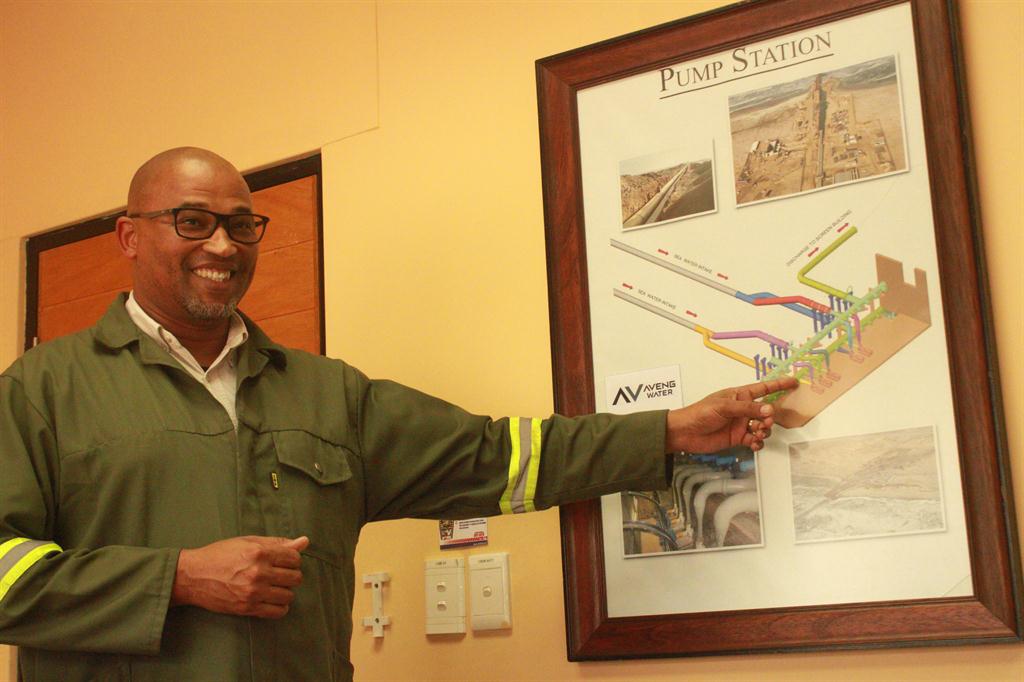
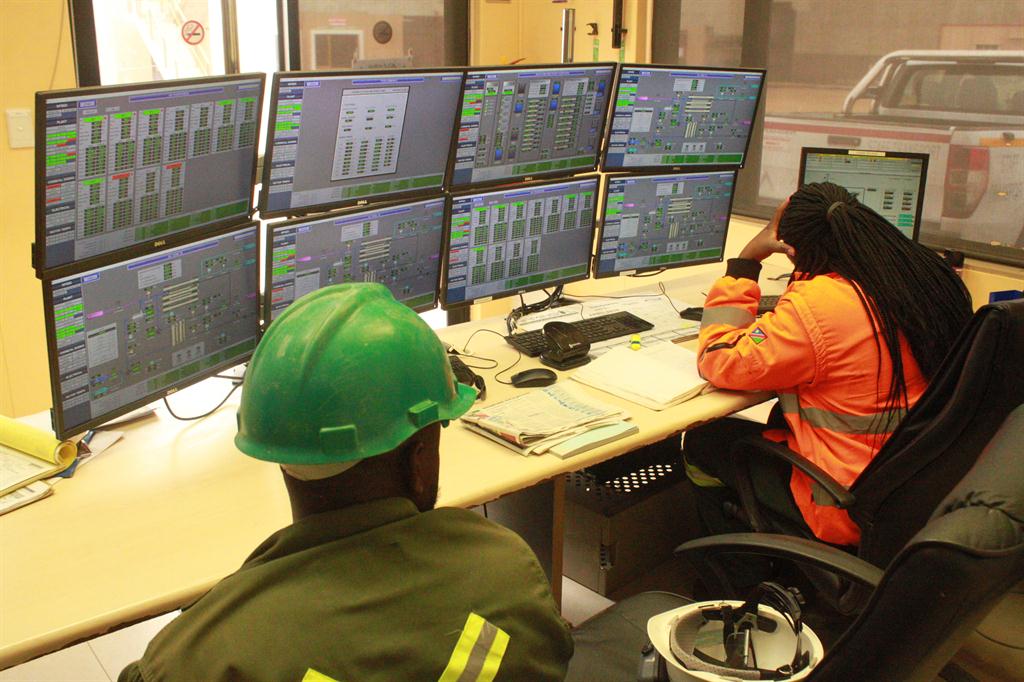
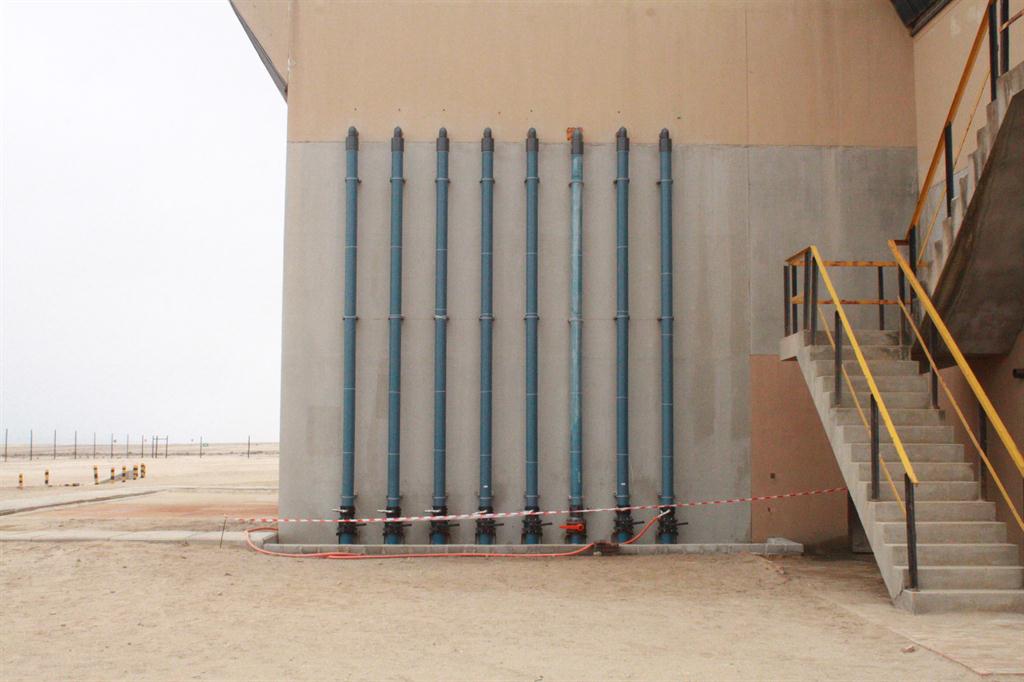
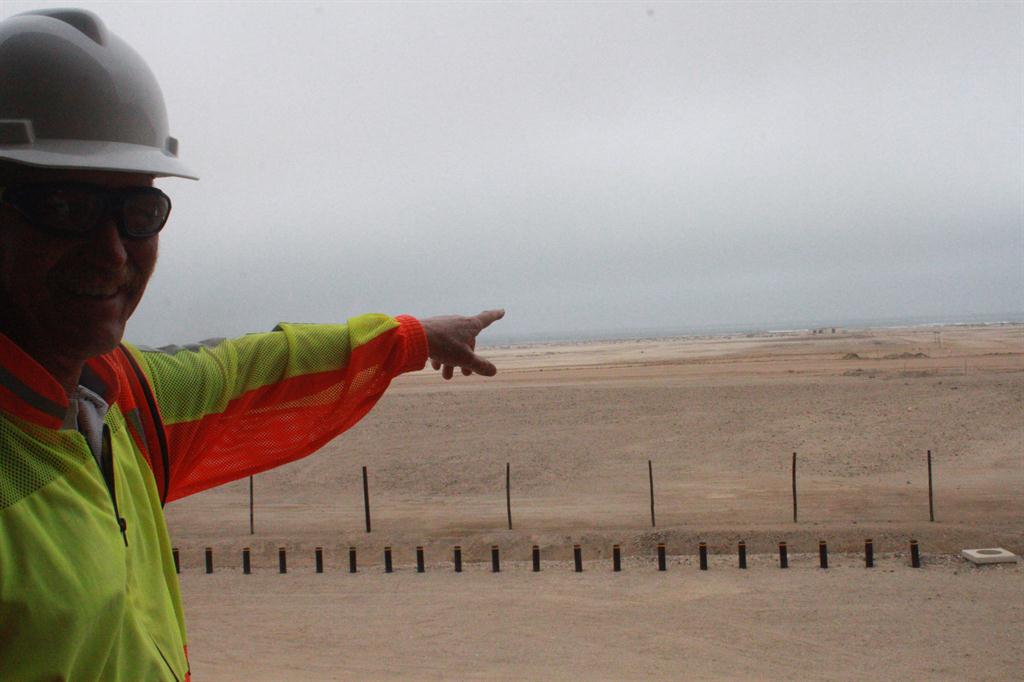
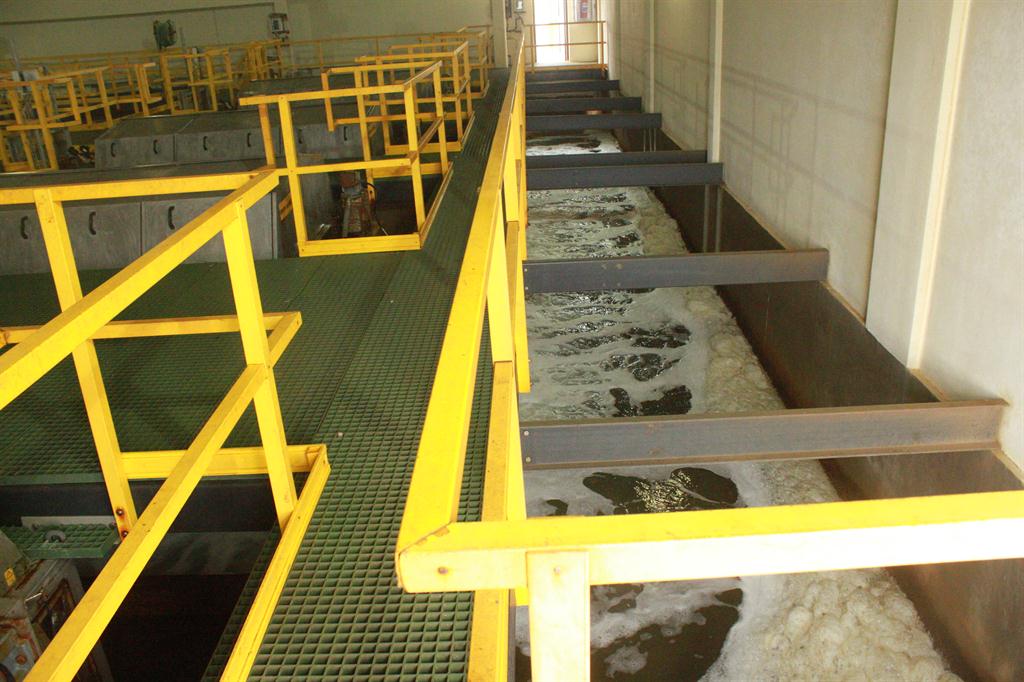
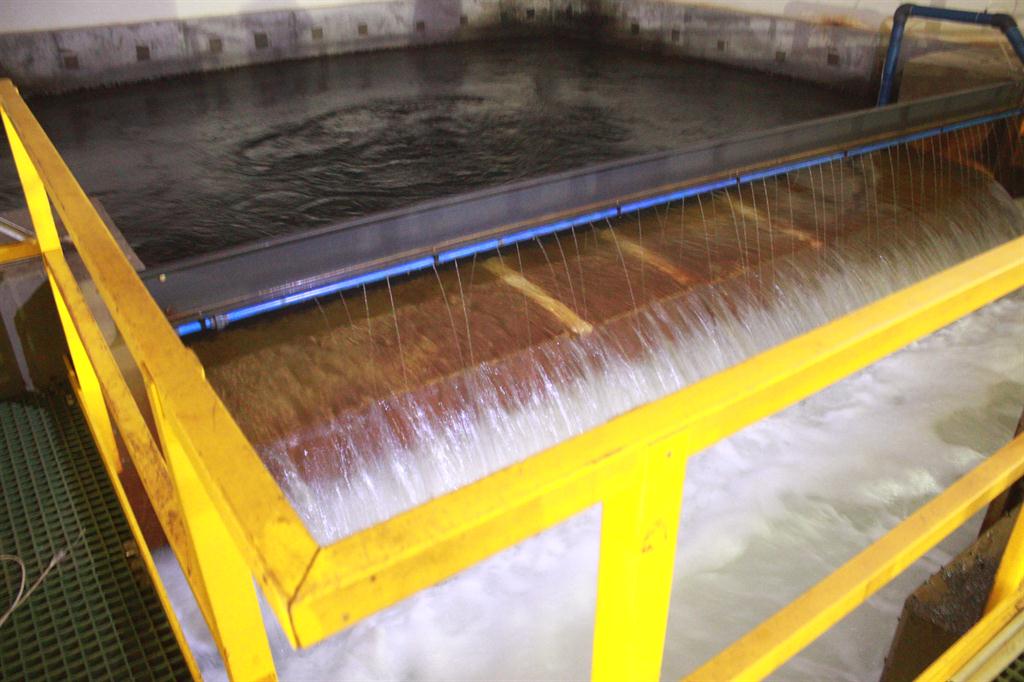


Kommentar
Allgemeine Zeitung
Zu diesem Artikel wurden keine Kommentare hinterlassen